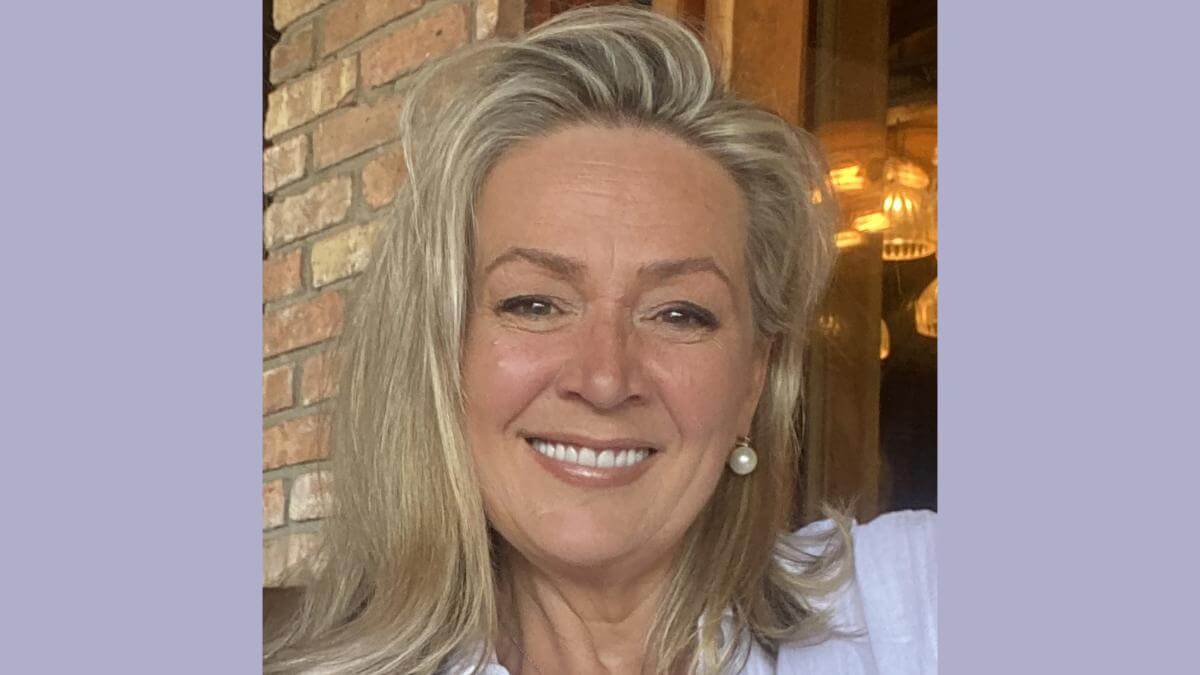


Home » Lilia Berezkina | Ayur-es-Sahel

Lilia Berezkina
1. My name is Lilia Berezkina, and I live in sunny Florida with my four Azawakhs, a breed that has completely captured my heart. I’ve been involved with dogs since I was a teenager, starting with showing and later developing a passion for breeding. Over the years, this passion has grown into a lifelong commitment to preserving and promoting the Azawakh, a remarkable sighthound originating from the Sahel region of West Africa.
My kennel, officially registered under the name “Ayur-es-Sahel,” carries a deeper meaning—it stands for “Moon Over Sahel,” paying tribute to the breed’s ancestral homeland. Every litter that I produce is guided by a strong respect for the breed’s heritage, form, and function, with careful attention to health, temperament, and structure.
Breeding Azawakh is more than a pursuit—it’s a way of life. I’m proud to contribute to the future of this unique and elegant breed while sharing my life with these beautiful, loyal companions.
2. The most essential hallmarks of the Azawakh are movement and structure. According to the Breed Standard, the Azawakh’s movement should be agile and light, giving the appearance of effortlessly floating over the ground—never a hackney action or pounding. Achieving this elegant movement requires correct body structure, which brings us to the critical importance of proportion and correct angulation. The ideal body-to-height ratio is 9:10, forming a vertical rectangle. This, combined with the breed’s characteristically open front and rear angulation, enables the graceful and efficient movement the breed is known for. Over-angulation, particularly in the rear, disrupts this balance and results in an exaggerated gait that is considered a fault. Maintaining these structural hallmarks is vital to preserving the unique type and function of the Azawakh.
3. Yes, I am fortunate to have a waiting list with wonderful, committed homes already lined up for my upcoming breeding this year (2025). We are planning a litter with our top-producing CH Eidi N’Amanar Jana, the dam of MBIS MRBIS GCHB Lex Ayur-es-Sahel, who is currently the No. 1 Azawakh and No. 4 Hound in the US. “Jana” will be bred via frozen semen to a remarkable male from Europe. We are very excited about this thoughtful combination and hopeful that the puppies will be outstanding representatives of the
Breed Standard.
Choosing appropriate homes is a very selective and thoughtful process for me as a breeder. The Azawakh is not a breed for everyone—it requires a deep understanding of its unique temperament, socialization needs, and training requirements. I make it a priority to ensure that future families are well-informed and genuinely prepared for the lifelong commitment that comes with owning one of these extraordinary dogs. For me, it’s never just about placing a puppy; it’s about building lasting relationships. I often become close friends with the families who welcome my dogs into their lives, and that ongoing connection is one of the most rewarding parts of what I do.
4. As a breeder, I’ve embraced new technologies in both science and communication to support the health and future of my dogs. Reproductive technologies, such as frozen semen and testing, have allowed me to incorporate valuable international bloodlines while preserving genetic diversity in the breed. On the communication side, I maintain regular contact with fellow breeders, owners, and puppy homes worldwide through social media, video calls, and digital record-keeping, making collaboration and support more accessible and efficient than ever.
5. Yes, I’ve noticed a shift in my community where many people are drawn to “designer” breeds, often influenced by marketing and trends. There seems to be less awareness about the value of purebred dogs, including their predictable traits and purpose-bred history. I think increased education could help the public better understand the advantages of well-bred purebreds and the importance of preserving breed integrity.
6. Yes, I’ve noticed a trend toward emphasizing extreme movement and flashy presentation in the ring, sometimes at the expense of correct structure and movement. In a breed like the Azawakh, this is concerning because it can lead to exaggerated traits that go against the Standard and compromise the breed’s natural elegance and purpose. It’s important to stay focused on preserving the breed’s original form and function rather than following show ring trends.
Another growing concern is the rise of “kennel blindness” and the increasing tendency of some breeders to publicly disparage fellow breeders and their dogs. This not only creates a toxic environment but also undermines the collaborative spirit that should exist within our breed communities. With a breed as rare and genetically limited as the Azawakh, that kind of division can be incredibly damaging. We simply can’t afford to fracture our already small community. Instead, we need to work more closely together, support one another, and maintain open lines of respectful, constructive communication. Honest critique has its place, of course—but it should always be offered with the intent to uplift the breed, not tear down individuals. At the end of the day, the future of the Azawakh depends on our ability to come together, not pull apart.
7. In recent years, I’ve seen a positive shift toward greater awareness and emphasis on health testing and responsible breeding practices. More breeders are prioritizing genetic screening, ensuring that we’re breeding healthier dogs with better temperaments. There’s also a growing appreciation for maintaining the breed’s true characteristics and purpose, with more focus on structure, movement, and function that is in line with the Breed Standard. I’m hopeful that these changes will lead to a stronger, healthier future for our dogs, while fostering a more supportive and collaborative community of breeders dedicated to preserving the integrity of the breed. These positive changes give me hope that the future of the purebred sport will be one where health, integrity, and the preservation of Breed Standards continue to thrive.